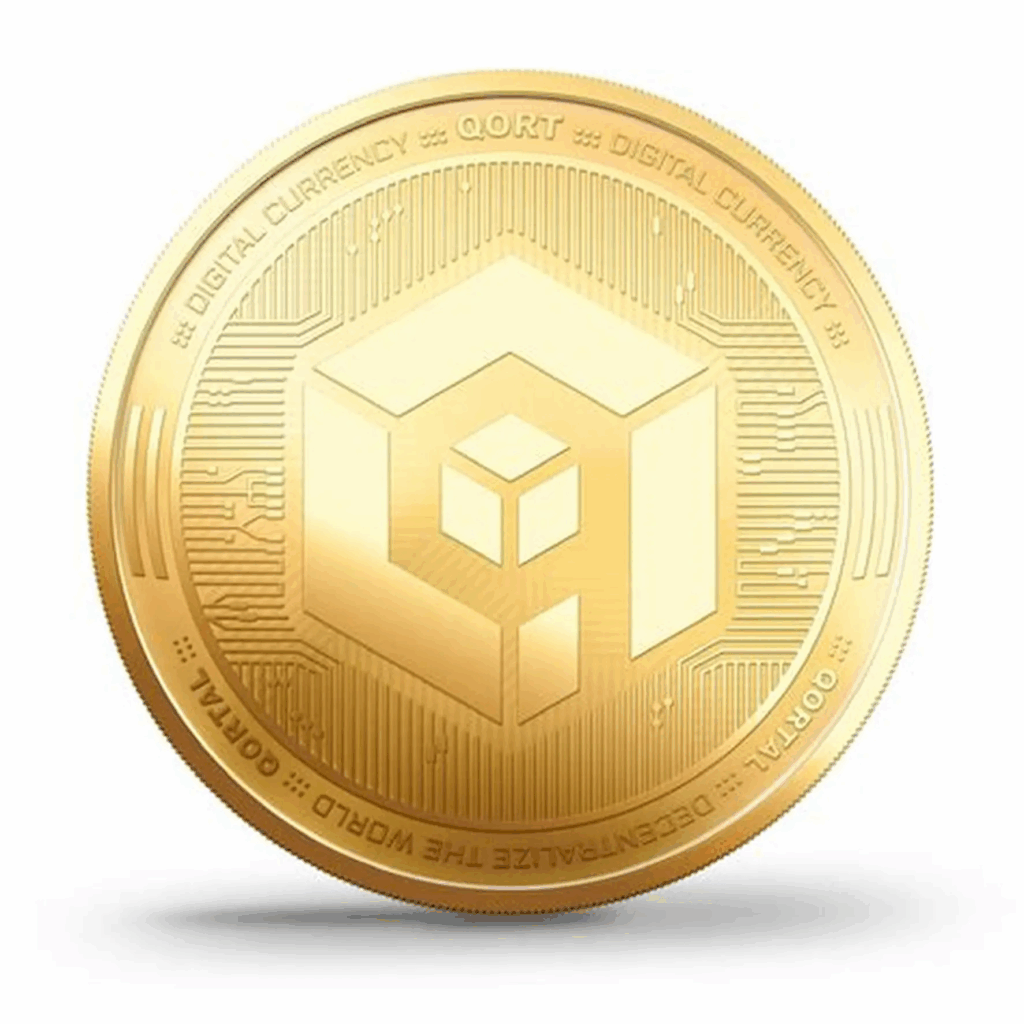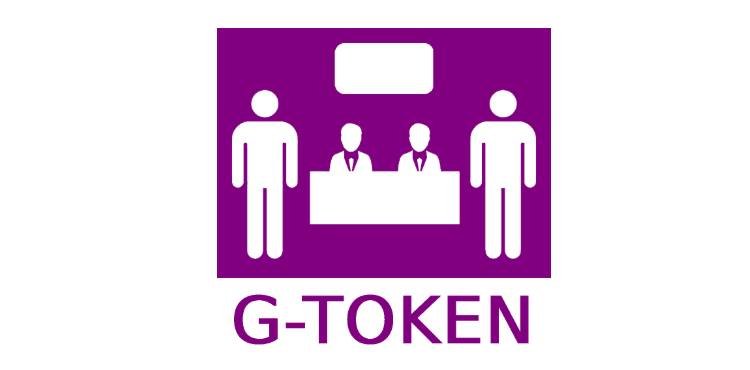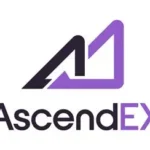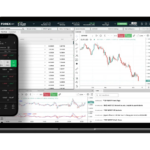In this article, I will discuss the What Are G-tokens, including their definitions, core applications, and advantages in the crypto world. G-tokens are classified as digital assets that serve the purposes of governance and utility in some blockchain projects.
They allow users to make decisions, get rewarded, and receive restricted platform perks. For users in decentralized finance or blockchain technology, G-tokens are crucial to understand.
What Are G-tokens?
G-tokens are a type of digital asset within the blockchain ecosystem and usually have governance or utility functionality. The “G” often stands for “governance,” meaning holders are able to vote on proposals which will impact the future of a decentralized protocol/platform.

In some cases, G-tokens grant access to services, provide staking, or reward opportunities within a certain crypto ecosystem. They are constructed on common token standards like ERC-20 or BEP-20 and are critical to supporting the decentralization of the decision making process and user participation.
Benefits of G-tokens
Decentralized Governance – Participants with tokens can cast votes regarding changes, updates, and other governance activities for the blockchain protocols.
Incentivized Participation – Users accrue rewards as a result of either holding or staking G-tokens, thus mandating active participation.
Liquidity & Trading – A considerable number of G-tokens are available on crypto exchanges.
Access to Premium Features – G-tokens grants the user the ability to unlock certain features or services within a given decentralized platform.
Lower Transaction Costs – Users are offered reduced fees or subsidized transactions for using G-tokens on some platforms.
Cross-platform Utility – G-tokens are valid within interoperable ecosystems where multiple dApps or services are used.
Key Features of G-tokens
Blockchain-Based
G-tokens are secured and issued on blockchain networks like Ethereum or Binance Smart Chain.
Governance Utility
Token holders are able to vote and propose changes on upgrades and funds distribution.
Token Standards
Usually follows ERC-20 and BEP-20 standards which allows the use of wallets and exchanges.
Ecosystem-Specific Use
Created to operate within a certain ecosystem or protocol for utility, rewards, or other designated functions.
Staking Capability
Supports passive income generation while upholding network security through staking.
Programmable Functions
Permit automated governance, access to services, or other programmable actions through the inclusion into smart contracts.
Primary Uses of G-tokens
Governance Voting – Allows users to vote concerning changes, proposals as well as community decisions.
Platform Utility – Functions as a payment token within decentralized platforms for services, tools, and features.
Rewards and Incentives – Given out as rewards for ecosystem participation, contribution, or staking.
Staking and Yield Farming – G-tokens can be staked to earn interests and other tokens over a period of time.
Access Control – Grants the ability to control entry to exclusive content, services, or events within specific dApps.
Transaction Medium – Functions as an internal currency for effortless transfers in the ecosystem.
Risks and Considerations

Price Volatility
Users can incur financial loss due to rapid price fluctuations of G-tokens.
Low Liquidity
Purchasing and selling large volumes of G-tokens with limited market activity can be difficult.
Governance Abuse
Few G-token owners may pose as centralized risks due to concentrated voting power.
Smart Contract Vulnerabilities
The security of the token can be affected by bugs or exploits in the underlying contracts.
Regulatory Uncertainty
Due to the varying legal status of G-tokens in different regions, access or usage could be limited.
Limited Use Cases
Outside their ecosystem, G-tokens affiliated with niche platforms may have little to no utility.
Future Outlook and Use Cases
The outlook for G-tokens seems beneficial as blockchain ecosystems shift towards decentralization. With growing acceptance of DeFi, gaming, and metaverse platforms, G-tokens are anticipated to be central to governance and incentivization models.
As users want more control over attempts to change projects, G-tokens will enable them to participate in voting and governance.
Their use within cross-chain frameworks and dApps will broaden utility and G-tokens will become more multifaceted. Besides, G-tokens may offer more functional and financial value to active users as Web3 infrastructure matures and regulatory policies evolve.
Conclusion
G-Tokens facilitate decentralized governance, incentivized participation, and provide utility to the platform. As the blockchain advances, G-Tokens allow users to participate in sculpting decentralized ecosystems.
They do have risks such as volatility and regulatory uncertainty; however, the increasing adoption of G-Tokens in DeFi, gaming, and governance provides opportunities for robust value engagement and creation. As a developer, investor, or user, having enough knowledge on G Tokens, and utilizing them accordingly will bring significant impacts and benefits in Web3.
FAQ
What does “G” in G-tokens stand for?
The “G” typically stands for “governance,” indicating these tokens give holders voting rights in a decentralized protocol.
How do I use G-tokens?
G-tokens are used to vote on proposals, stake for rewards, pay fees, or access special features within a platform.
Are G-tokens a good investment?
Like all crypto assets, G-tokens carry risks such as price volatility. Research the project’s fundamentals before investing.









